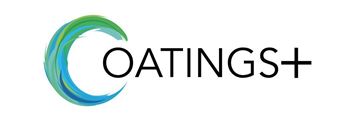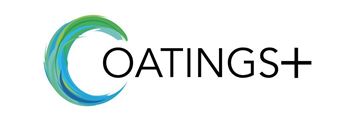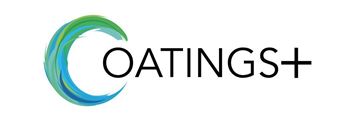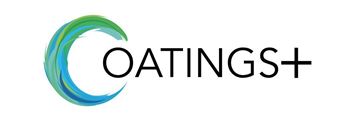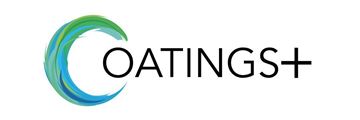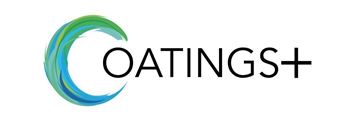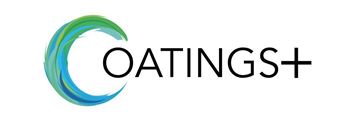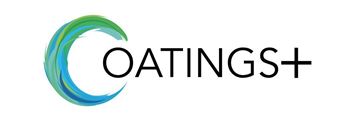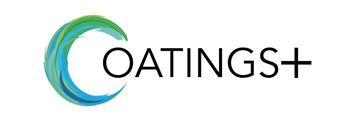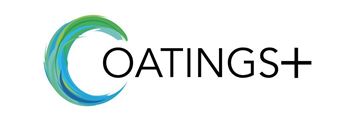Search
Products tagged with '2020 Conference Papers'
View as
Sort by
Display
per page
Identifying Potential Inhalation and Hearing Hazards In Abrasive Blasting Operations
Product Number:
51220-290-SG
Publication Date:
2020
$20.00
Improvements of Waterborne Acrylic Latex Finish Paint Properties by Incorporating Fluoroethylene Vinyl Ether (FEVE) Emulsion Technology
Product Number:
51220-261-SG
Publication Date:
2020
$20.00
Insights into the Consideration and Selection of Viscoelastic Materials for Potential Use in Field Patch Application
Product Number:
51220-294-SG
Publication Date:
2020
$20.00
Lifetime Corrosion Control Cost Minimization
Product Number:
51220-265-SG
Publication Date:
2020
$20.00
Lifting of Multiple in-Service Lines for CUPS Inspections and Remediation
Product Number:
51220-246-SG
Publication Date:
2020
$20.00
Lining Concrete Ground Storage Tanks in Cold Weather: How New Coating Technology can Reduce Issues Related to Solvent Entrapment and Amine Blush
Product Number:
51220-234-SG
Publication Date:
2020
$20.00
OAP Coating Systems & Linings for Petroleum & Water Storage Tanks
Product Number:
51220-286-SG
Publication Date:
2020
$20.00
On the Topographical and Performance Effects of Underblasted and Reblasted Carbon Steel Substrate
Product Number:
51220-278-SG
Publication Date:
2020
$20.00
Optimization of High Solids Self-Leveling Epoxy Floor Coatings
Product Number:
51220-280-SG
Publication Date:
2020
$20.00
Permeability: an in Depth Look at the ASTM’s When the Data can be Important, and When the Information is Irrelevant
Product Number:
51220-285-SG
Publication Date:
2020
$20.00

